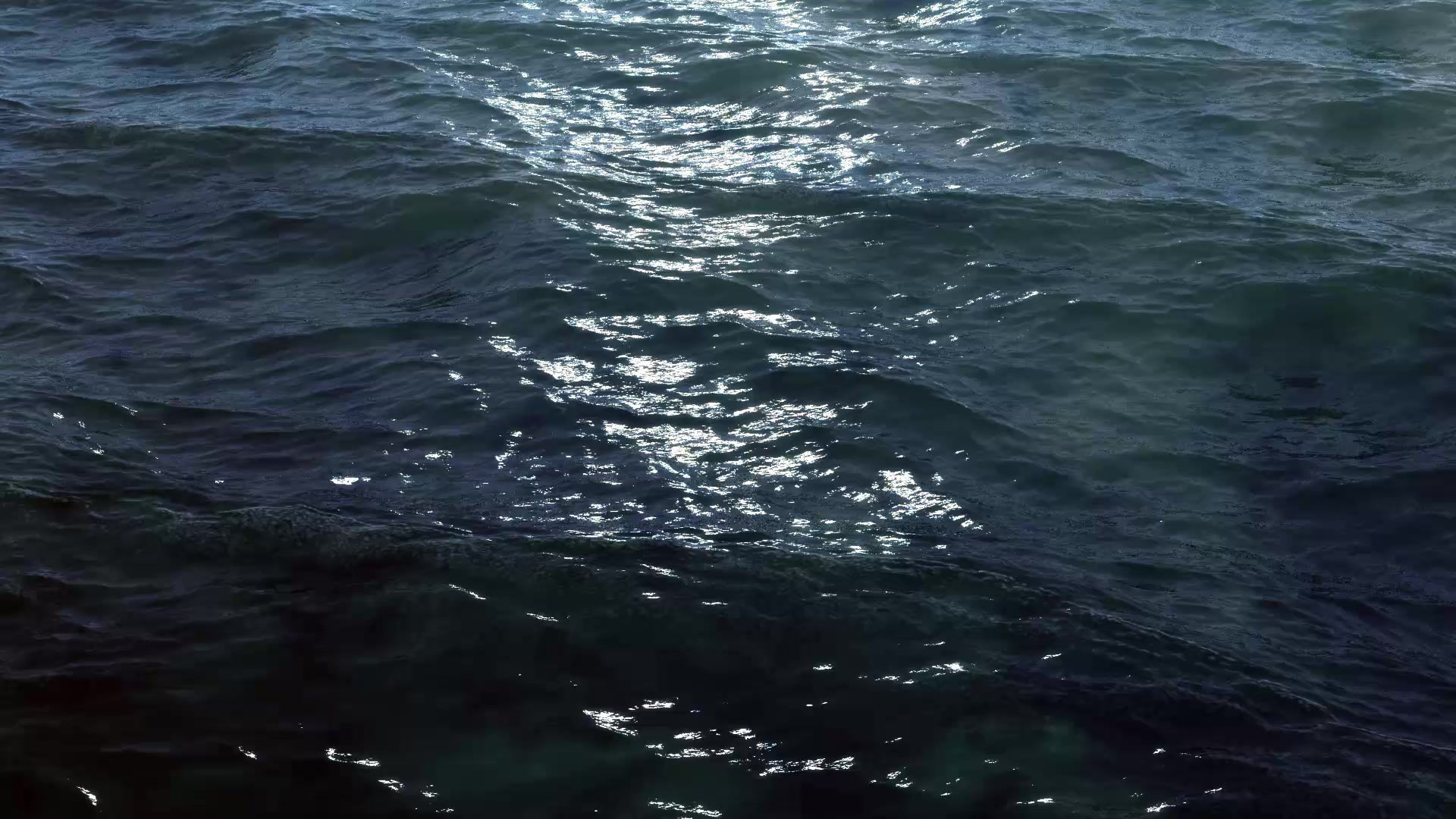Cressi Leonardo Dive Computer Watch the first computer completely manufactured in house by Cressi. The Leonardo is a complete RGBM computer with all the functions a recreational scuba diver might need, all wrapped up in this sharp Italian designed package. The large single button makes this diving computer easy to use with both Air or Nitrox whilst the large clear digits and backlight give an easy to read display.
Dive Computer Cressi Leonardo
Original Cressi
- Complete RGBM Dive Computer
- Air and Nitrox Modes
- Single Easy Button
- Audible Alarm
- Large Digits for easy reading
- Backlight on Demand
- User Replaceable Battery
Computer Cressi Leonardo
Appeared in DIVER November 2011
This computer is designed for use by those who enjoy being under water for reasons other than using the kit.
THE MANUFACTURE OF DIVE COMPUTERS originally fell to a couple of companies. In Europe, units bearing different brands all came from the same factory in Switzerland. Then that Finnish upstart Suunto got in on the act, though it kept everything under its own label.
In the USA, a Bob Hollis company dominated the market, manufacturing for many different brands. Many companies that wanted something different went to Seiko in Japan. It made no computer under its own label but was happy to manufacture for others.
The diving business is very small. I was once told that the entire annual production of current brand-leader Suunto in units equalled only 10 minutes of Nokia phone production.
Similarly, Seiko makes a lot of products, and no longer seems interested in dive computers.
This left those companies that relied on Seiko supplies in the cold. One, Cressi, decided to source its own unique product within Italy. It’s called the Cressi Leonardo.
The Algorithm
Where do dive-computer manufacturers mostly go today for algorithms? One man has taken the limelight, and when he’s not busy at Los Alamos, Bruce Wienke likes to write decompression software for the leisure-diving industry.
So far, to my knowledge he has done this for Suunto, Mares and Atomic, and now he has written a nine-tissue version of his RGBM algorithm for Cressi.
Before any geeks write in to say that this is not a proper Reduced Gradient Bubble Model,
I would like to mention that when the great physicist was questioned about this, he answered that it would be possible to write a pure RGBM only if it was also possible to miss out the shallow part of the dive.
The algorithm takes into account silent micro bubbles that might form the nuclei of symptomatic bubbles during a second dive or series of dives.
The Instrument
The Leonardo’s LCD face measures 4.5cm across. It’s hidden behind a protective layer of transparent plastic. The manly strap is long enough to go round any wrist clad in a drysuit cuff, while being easy to replace if necessary.
The computer is set up using a single button, which is pressed in sequence to access the various menus. When adjusting any part such as the nitrox setting, one must be careful not to overshoot, as it is slightly irritating to have to work all the way round again.
When I first set it up, there was some frantic button-pressing, accompanied by one or two harsh words.
In the Water
At a time when diving Internet forums are full of recommendations to buy technical-diving computers on the grounds that “you’re going to need one, one day”, it was refreshing to get into the water undaunted by any lack of IT skills.
This computer is designed for use by those who enjoy being under water for reasons other than using the kit.
It proved straightforward to use, gave clear information, guided me as to when I was better off pausing for a minute or two at depth on the way up, gave a clear indication of remaining no-stop time or deco requirements, and beeped at me if I went up too quickly.
It indicated clearly the safety-stop time and, if I needed to see the screen more clearly in the dark, a button switched on the backlight.
Not only that but, unsurprisingly, the information it gave regarding decompression requirements during the dive was not dissimilar to that given to me by the Suunto (also using a Wienke RGBM) alongside it, including the option to enable deep stops and a variable safety setting. What more do you want?
You cannot program in your own gradient factors, or your own algorithm for that matter. Wienke, in his infinite wisdom, has done that for you. Buy it, set it, strap it on and go diving.
After the Dive
Finally, what a pleasure it was for someone who works in media to find that the computer interface and software for the Leonardo was equally at home on either a PC or a Mac.
Times are tough, and Cressi has brought this Wienke-type computer to the market at a fiercely competitive price. I imagine that we’ll be seeing a lot of them at dive sites before long.
COMPARABLE COMPUTERS TO CONSIDER:
Mares Puck, £190
Oceanic Veo 2.0, £216
Suunto Zoop, £203
TUSA IQ 650, £203SPECS
PRICE £180
ALGORITHM Cressi RGBM
DEEP STOPS Yes
BATTERY CR2430
DATA ACQUISITION 20 sec
MODES Air/Nitrox and Gauge
SAFETY FACTOR SETTING Yes
MAX ASCENT RATE 12m/min
SAFETY STOP 3min from 6m

